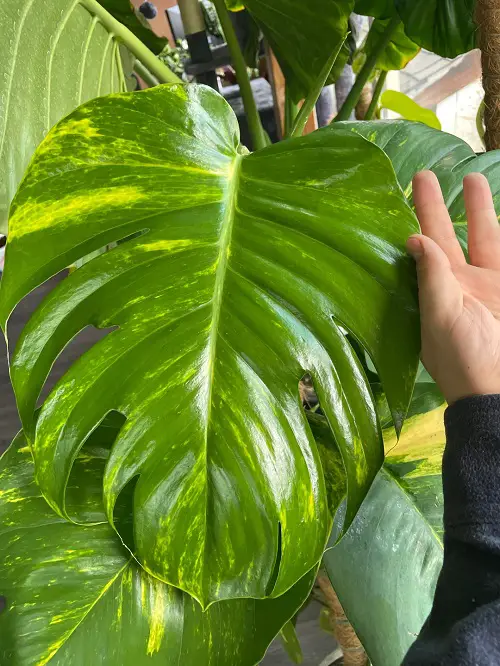Follow this Secret Trick to Grow Giant Pothos at Home. We break it down, so your Devil’s Ivy can become a larger-than-life tropical specimen!
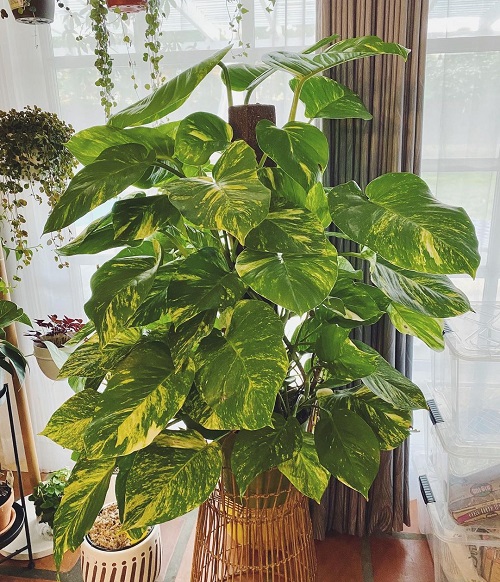
Pothos is one of the most popular and easy-to-care-for houseplants, known for its variegated green and white leaves and climbing vines. But if you want to experience your favorite houseplant at its grandest, just like a Monstera, here is a secret trick to grow a giant one at home!
Secret to Growing Giant Pothos at Home
1. Propagate the Giant Bits
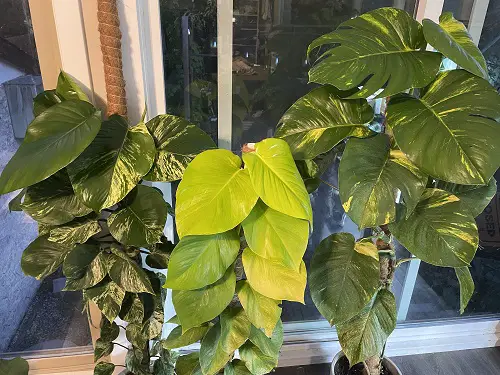
The secret lies in propagation—not just from any cutting, but from the branch that produces the largest leaves! This will enable you to clone the exact characteristics of the parent branch in terms of size, color, and texture.
Pothos typically produce bigger leaves and better colors in ideal conditions, such as plenty of light and space to vine out. The propagated plant will have similar needs as well. So make sure you give both the parent and the cutting plenty of light and room to grow.
2. Science Behind this Secret
So why do propagated pothos plants have the same traits as the parent branch? The answer lies in genetics. Some branches of Pothos plants get larger leaves due to the epigenetic expression of the branch rather than the overall genetic blueprint.
The cutting includes genetic material that carries all the traits of the original plant, such as the size of the leaves or the variegation pattern. These traits are passed down through the cutting’s cells, and you end up with an identical specimen.
With giant pothos, a mix of genes and environmental conditions influence this growth. As mentioned above, the size of the leaves will also depend on the care and growing conditions, like adequate light, water, and nutrients.
3. How to Propagate via Cuttings
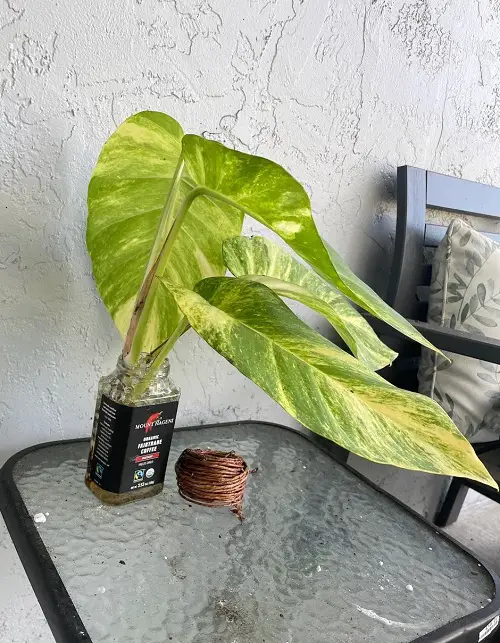
Select a healthy branch from your pothos plant. Look for a section with at least two large leaves and a node (the small bump on the vine where the leaf stems meet). Using sharp scissors or pruning shears, cut just below the node.
Plant the cutting in a glass of water, ensuring that the node is submerged. You can plant it directly in the soil too, but water propagation is quicker and without a fuss. In just a few weeks, roots will sprout from the node, and once they are a few inches long, move your plant to a pot.
Note: Once the cutting is in the soil, provide plenty of indirect light, warmth, and usual watering.
4. Final Steps for a Giant Pothos
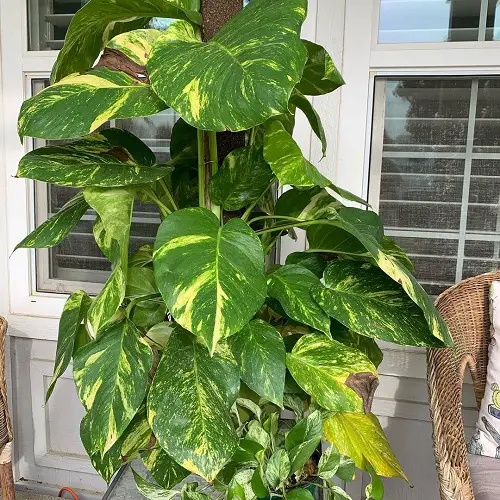
Pothos thrives in tropical weather—so you can mimic its native rainforest habitat! This plant climbs tall trees in the wild, powered by filtered sunshine through canopies, humidity, and warmth.
This climbing process encourages its leaves to grow larger and bigger, looking for sunshine. When the leaves grow bigger, they split and look even more appealing. It’s nature’s way of equipping Pothos to handle heavy rainfall!
You can use a moss pole, coir pole, or trellis at home for your pothos to climb. This allows the plant to shift its energy towards upward growth and larger leaves. Tie the stems loosely to the pole; the aerial roots will eventually latch onto it.
You can also group and place a few plants where they get indirect sunlight. This will create a cozy atmosphere similar to their native one, helping them grow bigger leaves! Here are a few tricks to provide the proper humidity for your plant.


